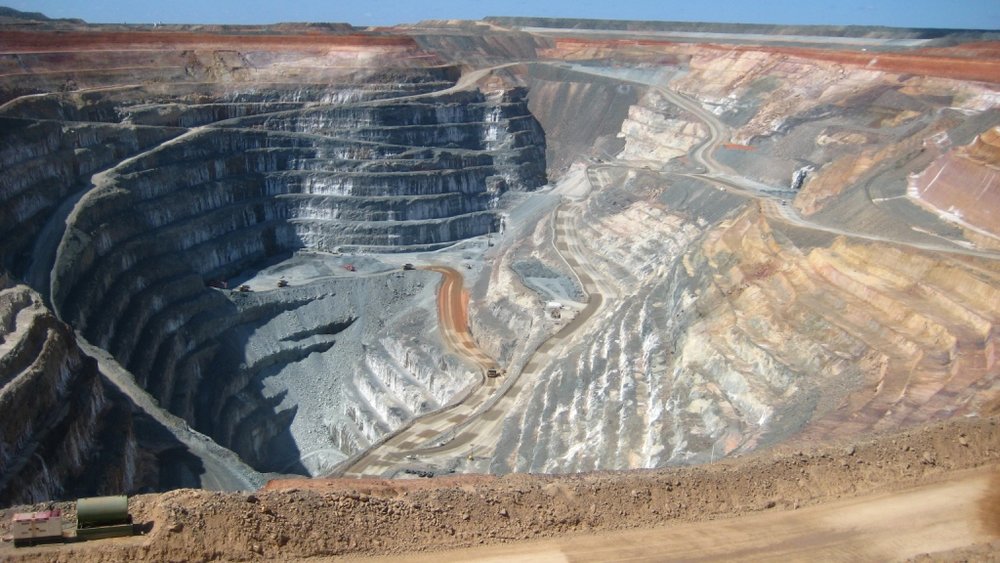Hello,
First time diamond shopping and trying to find my way through it!
I've actually already purchased a stone and setting through James Allen, thought I had done my research and found a good stone. It wasn't until after that I noticed the blue nuance comment on the cert. Now comparing the stone with others, I can actually see the blue tint to it. Wondering on folks opinion on how this would look in real life? I've found another stone, dimensions almost identical, with no visual or mention of blue nuance on the cert. Would it be worthwhile to change? (slightly larger and more expensive).
Current stone:
 www.igi.org
www.igi.org

 www.jamesallen.com
www.jamesallen.com
Other option:
 www.igi.org
www.igi.org

 www.jamesallen.com
www.jamesallen.com
Thank you in advance!
First time diamond shopping and trying to find my way through it!
I've actually already purchased a stone and setting through James Allen, thought I had done my research and found a good stone. It wasn't until after that I noticed the blue nuance comment on the cert. Now comparing the stone with others, I can actually see the blue tint to it. Wondering on folks opinion on how this would look in real life? I've found another stone, dimensions almost identical, with no visual or mention of blue nuance on the cert. Would it be worthwhile to change? (slightly larger and more expensive).
Current stone:
Verify Your Report
Ensure authenticity & accuracy of your report here. Verify your gemstone report online for complete confidence in your precious investments.

Lab-Created 1.28 Carat round diamond
This 1.28 carat Lab-Created round diamond G color vs1 clarity has Ideal proportions and a diamond grading report from IGI
Other option:
Verify Your Report
Ensure authenticity & accuracy of your report here. Verify your gemstone report online for complete confidence in your precious investments.

Lab-Created 1.35 Carat round diamond
This 1.35 carat Lab-Created round diamond F color vs1 clarity has Ideal proportions and a diamond grading report from IGI
Thank you in advance!








300x240.png)